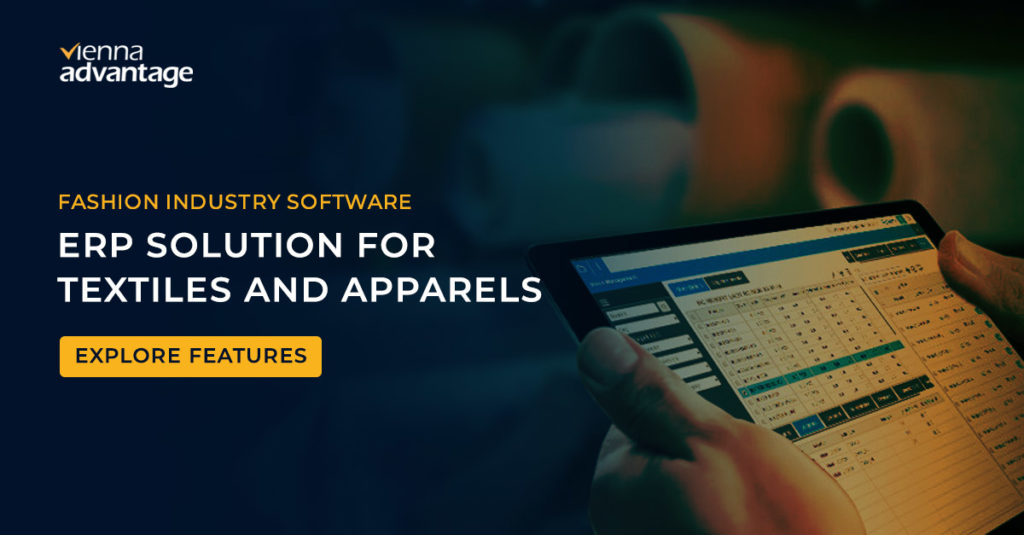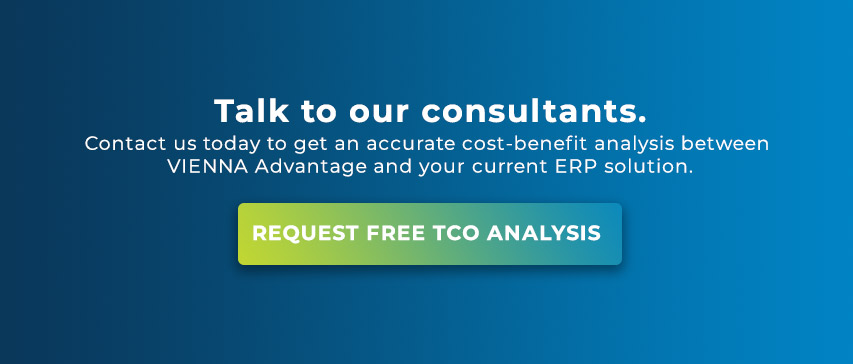
The fashion industry is one of the most dynamic industries. The distributed supply chains, the uncertainty of demand, and the short product lifecycle make the industry all the more complex. Managing an organization in this industry requires seasoned professionals, who understand the nuances of the industry and are able to navigate the uncertainty of demand and potential supply shocks, as many companies have learned the hard way during the pandemic.
With digital transformation being the key driver of innovation and profitability, leaders in the fashion industry are actively seeking solutions that will help them build resilience across the supply chain and ensure operational efficiency across functions. The core to such an ecosystem is always a robust fashion ERP software, which serves as the enterprise digital core and helps managers drive efficiency across the entire value chain. In this article, we are going to examine a few crucial aspects of an ERP for the fashion industry.
#1 Comprehensive Product Management
When one thinks of the fashion industry, the thought of seasonality and collections comes to mind. For companies that deal exclusively in novelty wear with high seasonality, the planning, manufacturing, and distribution of season-specific collections is the key to running a successful business. However, for companies that sell a mixture of novelty styles and the so-called running styles, operations are more nuanced. It is very important, therefore, for a fashion ERP software to provide comprehensive product management capabilities. This starts with the ability to define a product and several variants of the respective products across such dimensions as size, color, inseam, waist, and other relevant measurements.
In addition to standard product definition, the fashion ERP software should provide the ability to operate across multiple units of measurement (UoM) and the possibility of conversion of several UoMs. Moreover, several finished products have multi-level bills of material, which is crucial for planning, procurement, and manufacturing purposes. Providing a comprehensive ability to define products is important for all downstream functions involving other modules – such as budgeting, forecasting, planning, manufacturing, and distributions.

#2 Forecasting and Planning
Forecasting is one of the hardest and probably the most important functions in the fashion industry. Forecast accuracy eventually determines the rough cut capacity planning, sourcing of raw materials that have a long lead time, and allocation of machinery. With a net demand calculated on the basis of forecast and long-term sales contracts, the fashion ERP software should have an extensive Material Resource Planning (MRP) module that proposes suggestions for procurement of raw material or semi-finished goods and planning of production for the finished goods to be available based on the respective production and procurement lead times. The MRP should also support an explosion of multi-level BOMs and should be integrated with the procurement and manufacturing modules so as to ensure a seamless creation of purchase requisition and planned orders.
#3 Manufacturing
A strong manufacturing module is a key requirement in an ERP for the fashion industry. From pattern design management to production execution, companies need solutions to manage end-to-end manufacturing processes for comprehensive overall visibility across the enterprise. The fashion ERP software should be able to manage configurable style numbering, manage style releases and revisions and maintain pattern inventory. Moreover, to manage the product lifecycle, planners, designers, and manufacturers the ERP should be able to attach design files, nesting layouts, and specification sheets across product versions. Several fashion businesses operate in the apparel and leather manufacturing processes and as such, the apparel ERP solution should be able to manage the respective manufacturing processes such as manufacturing synthetic and natural yarn from raw materials to weaving and leather tanning process.

#4 Order Management and Distribution
Because of the fast-changing product lines, managing efficient sales and shipment is crucial to ensure that the right product lines are available at the right distributor at the right time. A fashion ERP software must support fast order entry, intelligent order prioritization, and management of order shipment efficiently. This becomes even more important in the context of the complex product lines and the SKU-intensive nature of the business. With established practices of global sourcing, managing processes such as drop-shipment and consignment stock are important for both manufacturers and retailers in the fashion industry. In certain high-value, low-volume product lines, it is also necessary for the ERP to provide tracking solutions on the basis of serialized bespoke product traceability.
#5 Analytics
The high volume of transactional data that is generated by a fashion ERP software will be rendered ineffective if it were not put to use through actionable insights. From merchandising to planning and logistics execution, every function in the fashion industry can take immense advantage of an embedded analytics and visualization solution in the core ERP. This not only provides reliable information to managers in decision making but can also work as an exception-management mechanism to deal with unforeseen events across the fashion supply chains. Users can benefit immensely from predictive analytics too, for they can manage trends and establish correlation and causality on the basis of these analytics.
VIENNA Advantage Fashion ERP Software
VIENNA Advantage ERP solution for the fashion industry serves several high-fashion manufacturers and retailers in managing their day-to-day operations reliably. With several of the above features available in our core ERP offering, fashion companies can look to finally integrate all their processes under one unified solution and get end-to-end visibility across the entire enterprise. With our enterprise open-source approach, it is also easy for companies to integrate various tools, applications, and devices to the core ERP application and get significant benefits through a digital core that scales with your business.

Read more:
5 Features Every ERP for Luxury Retail Must Have
10 Must-Have Retail ERP Software Features
Digital Transformation: 5 CFO priorities when choosing an ERP solution